

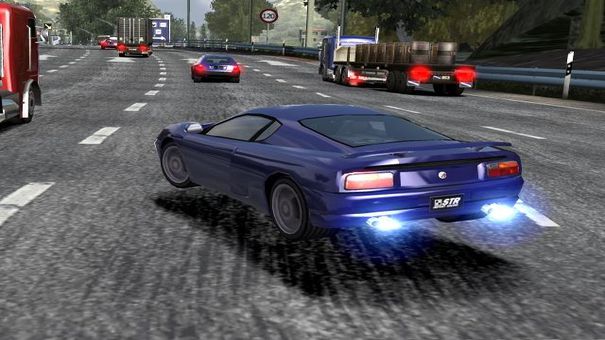

Burnout 3 was released in europe on 10th September 2004, and instantly asserted itself as the best racing game of all time and the game that finally broke my ailing PS2. The preceding games were excellent in their own ways - Burnout 2 in particular - but it was with Burnout 3 where Criterion perfected the arcade racer with a game so expertly crafted, that even its own creator couldn't top it with subsequent efforts. Revenge and Paradise followed, but it's Takedown that still reigns supreme.
It is the absolute antithesis of The Real Tedium Simulator, Gran Turismo: whereas that game may accurately simulate driving a small family car to the shops to pick up some biscuits for your nan, Burnout feels like you're piloting a craft that happens to look like a car yet goes about 700 miles an hour. The sense of speed the game generates is unmatched anywhere else, and is just one part of an interlocking series of features that work together to give the game its tremendous appeal.
Replaying the courses, it becomes obvious what a fatal mistake it was to abandon fixed tracks in favour of a sandbox in Paradise. Open world driving games were just coming into vogue at the time - Test Drive Unlimited, spurred by an excellent demo and timely release, was leading the way on the new machines - and so it seemed a good idea at the time. Working on the project (as a senior tester in the QA department) was a strange mixture of excitement, trepidation, and hubris. Lots of hubris. The senior management thought they were making the greatest Burnout game ever, following the bigger=better maxim. They were actually getting further away from the ideal with every milestone.
One thing that only got decided towards the very end of the project - when various release dates had sailed by, modes dropped or altered, and thousands of arguments had been had - was just how you would explain to players how to navigate the vast open world. Flashing representations of street signs at the top of the screen when you approached junctions? Indicators? A big arrow? A compass? There was a whole load of back and forth between departments as to the correct solution: a solution to a problem that didn't need to exist.
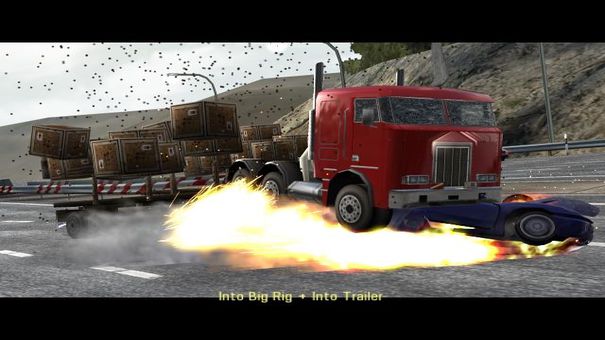
Burnout had, literally, lost its way, and in doing so had jettisoned a lot of what made the game great. Takedown's stages were near-perfectly conceived to take advantage of the game's punishing, exhilarating risk/reward mechanics. Crazier driving equaled more boost equaled more speed, but it also (obviously) increased your chances of getting smashed to bits, something that the player could ill-afford, especially in multiplayer. With fixed courses, Criterion could introduce chokepoints for all the racers: junctions, high-density traffic environs (looking back on it now, Paradise seems curiously empty) while also tailoring the stage to enable all those sweeping drifts and mad wrong side driving.
It all came together to make Takedown one of the best 'flow' state games ever made: it requires total concentration, and in doing so becomes almost hypnotic in its play, the various visual tools (motion blur, etc) only heightening the experience. The handling model, similar to Ridge Racer in that throwing the back end of the car out at every turn was key, was pure action movie driving. There are moments where you'll fly around a corner, missing a bus by inches before gunning the engine and launching across two lanes of traffic, with just enough left to chance for you to feel like you're in control of the best car chase of all time.
The original game had felt unfair in moments such as the aforementioned junctions, wrecking you at the slightest touch. Revenge and Paradise went too far the other way and introduced 'traffic checking', which enabled players to shunt cars going in the same direction and not wreck themselves. Here, hitting anything at speed would have been a risk, and as such the subsequent reward for daring racing was higher.
All of these elements, and the way they feed into each other, make Takedown the pinnacle of both the series and genre. And then there's the excellent progression system, the constant feedback loop of upgrades and new courses/game modes, and Party Crash, which made the motorway pile-up an exercise not in ghastly misfortune but of near forensic planning. Burnout, and racing games in general, got bigger. But they never got better.
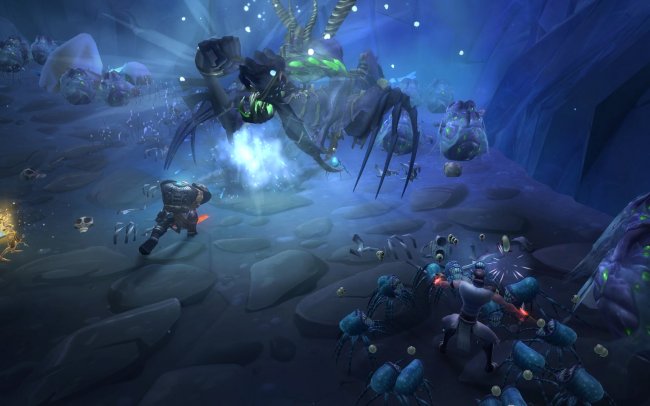
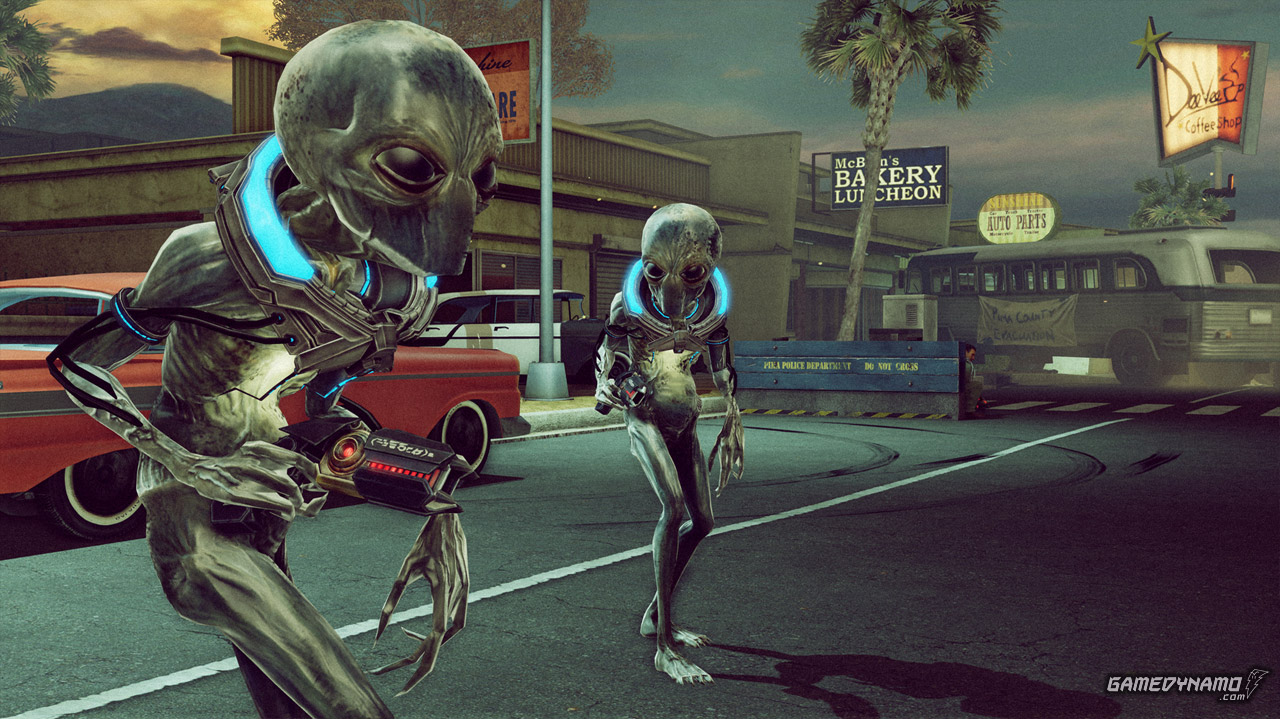

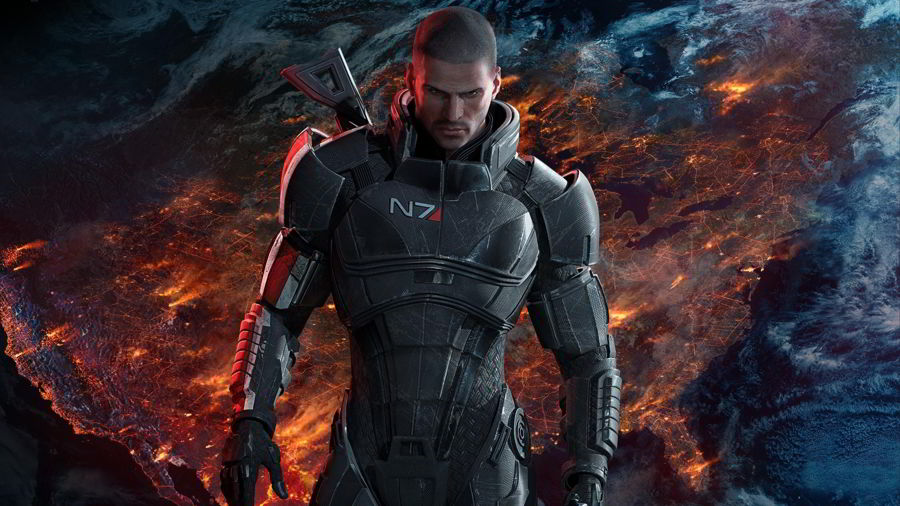
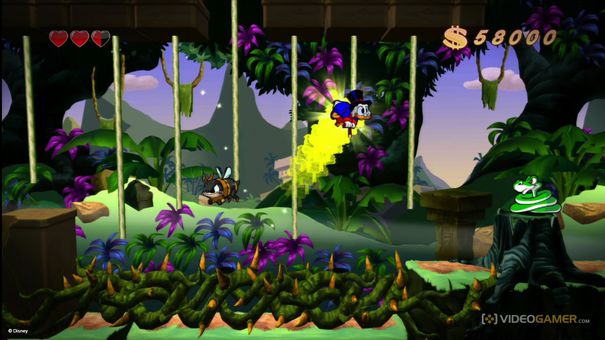 . Plays August 9, 2013
. Plays August 9, 2013 Fire Emblem: Awakening Fast Leveling Guide - GamersHeroes
Fire Emblem: Awakening Fast Leveling Guide - GamersHeroes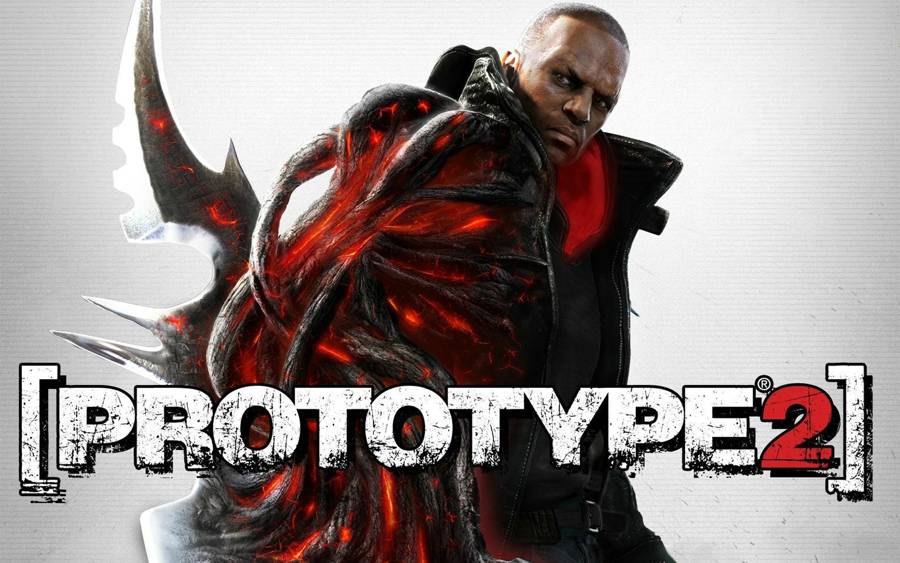 Prototype 2 Oakhurst Black Box Locations
Prototype 2 Oakhurst Black Box Locations The Evil Within guide: Chapter 15 – An Evil Within
The Evil Within guide: Chapter 15 – An Evil Within Fallout Shelter Tips And Tricks
Fallout Shelter Tips And Tricks